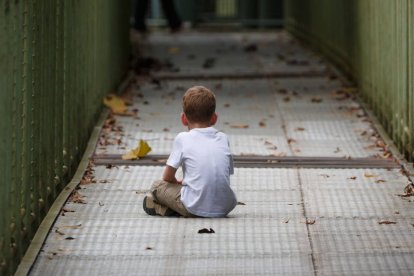Inflation pushes the cost of raising a child over $300,000
The increase only takes into account the cost of raising a child up to age 17; it does not include college expenses.

Uwe Aranas/ CEphoto
Rising inflation has had an impact on parents' lives. The cost of raising a child to age 17 has risen by more than $300,000, according to a Brookings Institution analysis published by The Wall Street Journal.
The study found that, to raise a child born in 2015 through high school, a middle-income married couple will have to spend $310,605, or about $18,270 a year. This is an increase of nearly $80,000 over the previous estimate, published by the Department of Agriculture (USDA) in 2016.
Largest increase in spending
The Brookings Institution used USDA data on child spending and adjusted it for inflation. The WSJ published an infographic of the price hikes that have affected parents the most over the past 12 months. Food takes the top spot, up 11%. This is followed by footwear (+8%), housing (+7%), clothing and sports equipment (+6%). All basic items for raising children have increased by around 9%.
The latest data from the Department of Labor show that the consumer price index (CPI) rose by 8.5% in July. Citizens are having difficulty managing expenses. Their savings are dwindling and prices are rising. 40% of Americans are having trouble paying their bills.
Five years ago, the average cost of raising a child born in 2015 was $233,610. This valuation took into account the expectation that inflation would be around the Fed's 2% target. With inflation currently running rampant, the estimate that the USDA published in 2017 needs to be revised, because raising a child is now almost 10% more expensive.
Families with the least resources are the hardest hit
Isabel Sawhill, a senior fellow at the Brookings Institution, told WSJ that families who want to have children and start out with incomes below the median wage will be hit hardest by rising costs, especially those earning between $20,000 and $30,000 a year.
Sawhill also noted that it is important to keep in mind that the analysis only takes into account the cost of raising a child to age 17, so anyone planning to send their child to college or other higher learning institutions will be looking at a much higher expense.
RECOMMENDATION





















